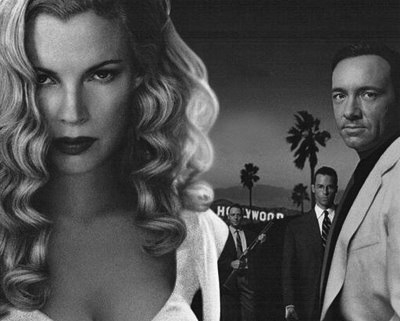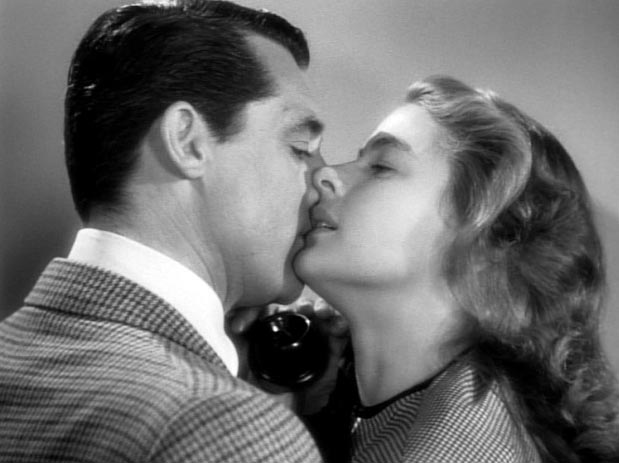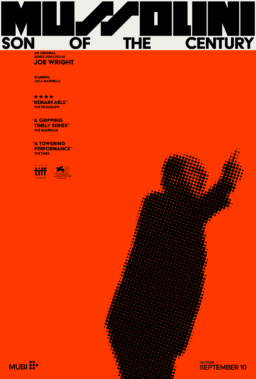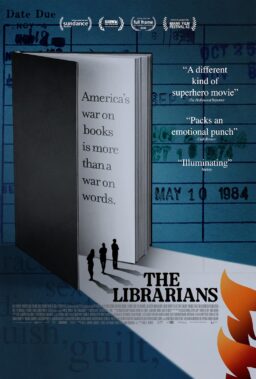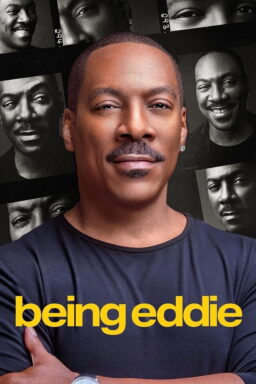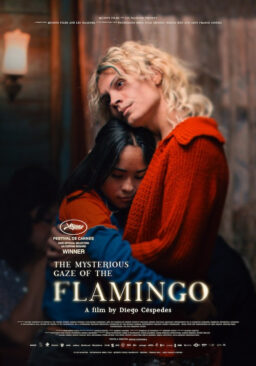Q. I applaud your cogent argument against the MPAA on this week’s Ebert & Roeper show. My question is this how can you be prevented from endorsing “Whale Rider” because of its PG-13 rating, yet one can go to any toy store and find “Lord of the Rings” toys and even “The Matrix” toys that are tied in to films with PG-13 or even R ratings? Is it because “Whale Rider” is an independent film? (Paul Hardister, Arlington, VA)
A. The controversy arose over my quote in the “Whale Rider” ads: “Take the kids and they’ll see a movie that will touch their hearts and minds.” The MPAA informed the distributor that it had to remove the line, because a film with a PG-13 rating can’t be marketed to children. This raises several problems. (1) I said “take the kids,” not “send them in alone.” (2) Kids can in any event attend PG-13 movies by themselves. They only need the parent or adult for an R movie. (3) It is my right and duty as a critic to make such judgments, and surely the distributor has a right to quote them. (4) This is a sad example of a system that has lost all reason and now categorizes an inspiring family film (yes, family!) like “Whale Rider” in the same category with “Charlie’s Angel’s: Full Throttle” and “2 Fast 2 Furious.”
Q. The MPAA has deemed “Whale Rider” as a PG-13 film, suggesting to parents that children under 13 may not be able to handle the material. It is rated PG-13 because of “brief language and a momentary drug reference.” I walked out of this film thinking that the rating was no less than G, and yet one “momentary drug reference,” has made it of danger to a child. I could not even find a drug reference in the film, and yet the MPAA would not suggest bringing a child to see this wonderful movie. They are telling the parents that they should sooner take a kid to “Daddy Day Care” (PG) than “Whale Rider.” (Nick Teddy, Santa Rosa CA)
A. Josh Dorst of Ft. Lauderdale writes that he, too, “seemed to miss the drug references.” If you look quickly, you may be able to spot what looks like a marijuana pipe, perhaps recently used, in the uncle’s room. The “language” involves one “s” word, one “damn,” and three non-sexual references to “dicks.” The MPAA has lost all reason if it thinks it reflects how the majority of parents would evaluate this film.
Q. Watching “Sinbad: Legend of the Seven Seas,” I couldn’t help noticing that the setting is in mythological Greece. As I recall, the original Sinbad story takes place in the Arabian world. Is Sinbad an Arabian, or Greek? I really don’t see a reason for the film-maker to consciously alter the story to avoid the Arab culture. (Eiyo Baba, Honolulu HI)
A. According to my Brewer’s Dictionary of Phrase and Fable, Sinbad is a character in The Arabian Nights, where he is described as a wealthy citizen of Baghdad. Why did they make him Greek? Do the math. What puzzles me more are his plans to retire in Fiji.
Q. In your review of “The League of Extraordinary Gentlemen,” you write that “Venice of all cities doesn’t have graves because the occupants would be underwater,” and that “Venetians find it prudent to bury their dead in above-ground crypts.” But Venice has, to my knowledge, at least two graveyards, both famous. Of main interest is La Isola di San Michele, an entire island dedicated to the cemetery hosting the bodies of such famous persons as Ezra Pound, Joseph Brodsky and Igor Stravinsky. The other burial site is La Basilica di Santa Maria Gloriosa dei Frari, a cathedral which hosts the bodies of Monteverdi and Titian, and the heart (but not body) of sculptor Canova. While Titian and Canova’s remains are in similar large, embellished crypts, Monteverdi’s are almost certainly buried below ground level–there is a marble slab marking his grave. (Alexander Staubo, Oslo, Norway)
A. You are correct. I got caught by an urban legend. There are burial places in Venice. However, Venice does not have a graveyard of the Hammer horror film variety, as seen in the film. I was interested to learn on the Internet Movie Database that although a long segment of the story is set in Venice, no scenes were shot there. Of course the real city could not accommodate the car chase.
Q. Your bio states that you’re into Darwinian thought, so let me pose this: why is it that wonderful movies like “Whale Rider” and “Raising Victor Vargas” aren’t giving rise to more great films and making the expensive, overblown Hollywood clunkers extinct? (Ed Weiss, Toronto ON)
A. I think the problem begins, not with evolving better movies, but in evolving better audiences. Have you noticed that television for the most part only feeds off new movies, never expressing an opinion about them? Many moviegoers would like to see better films, but are overwhelmed by hype and marketing. Movie critics are busy little bees, pollinating as fast as we can, but the hydroponic movies look juicier than our organic crops, even if they taste like crap.
Q. I saw “Pirates” over the weekend and loved it. I read your review and noted that you said it seemed as though Johnny Depp was “channeling a drunken drag queen.” It seemed to me he was channeling the Rolling Stones’ Keith Richard, from the accent and eyeliner, right down to the trinkets hanging from his hair. Is it possible Depp used Richards as the model for Jack Sparrow? Has he given any interviews saying such? (J.M. DePaul, Lewiston ID)
A. It happens that he has. David Geyer of Wheeling, WV supplies me with this Depp quote from the Boston Globe: “Keith Richards has been a hero forever and ever. It wasn’t an imitation. It was more kind of a salute to him.” Apologies to Keith Richards for confusing him with a drunken drag queen, and vice versa.
Q. Several critics have accused “28 Days Later” of having amateurish camerawork. I found the film to be quite beautiful (as in the painted flowers scene). “28 Days Later” may not adhere to the ideal compositions of Hollywood films, but (especially in the beginning) the non-traditional placement of the main character puts more emphasis on his surroundings, making the viewer aware of the entire frame; the emptiness becomes intoxicating. The shot choices themselves enhance the reality of this devastated world. I would argue that this is one of the best-shot films of the year. A search at imdb.com would reveal that cinematographer Anthony Dod Mantle is more than a competent visual artist, having been responsible for some of the most renowned Dogme films, including the much anticipated “Dogville.” (Christopher Claxton, Honolulu. HI)
A. The film’s style is precisely suited to its subject. Critics who disliked the cinematography perhaps have a narrow taste for elegant, polished and “beautiful” photography, but you are correct that Mantle’s opening scenes are even more effective because he has the hero wandering in the frame, instead of the frame following the hero.



